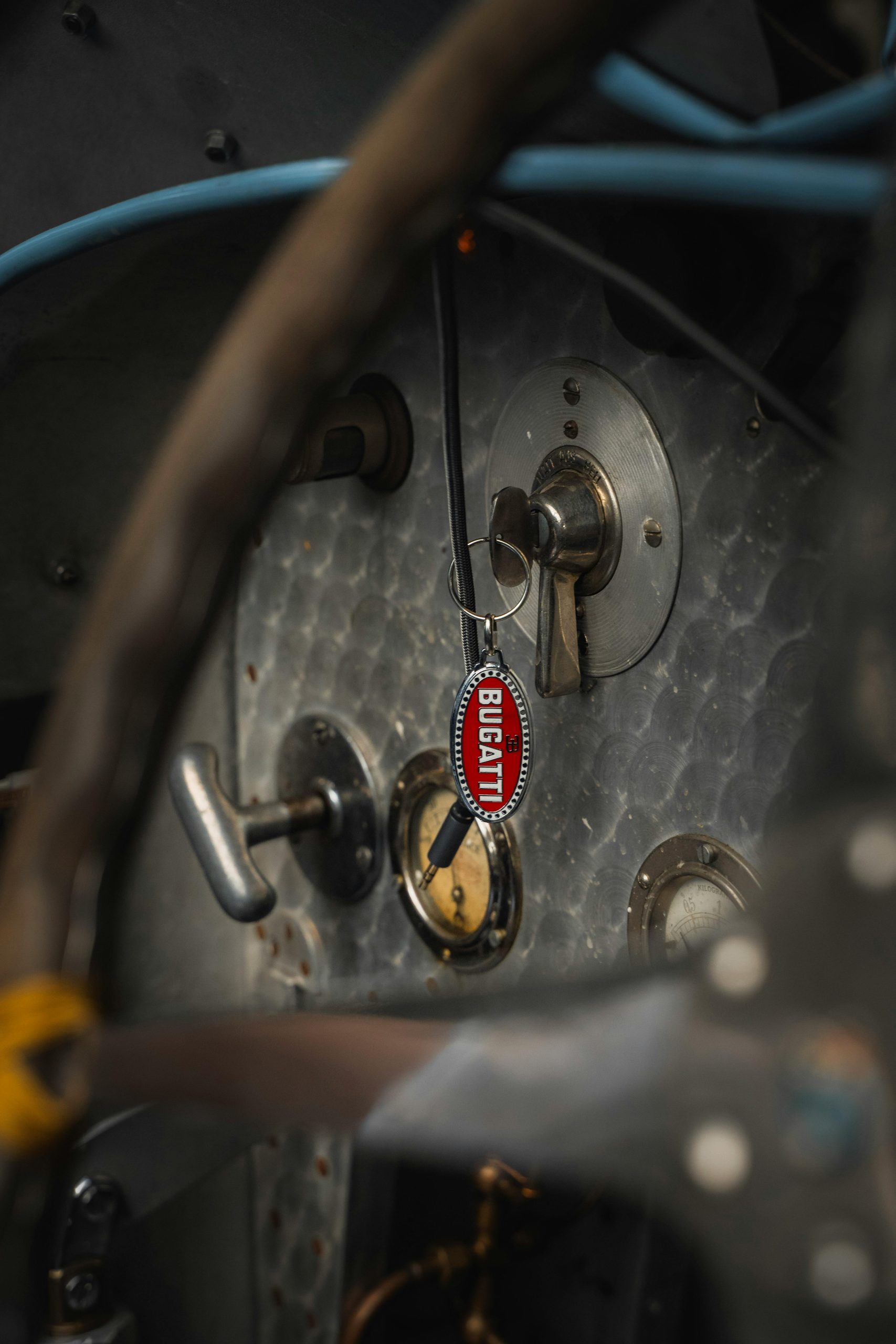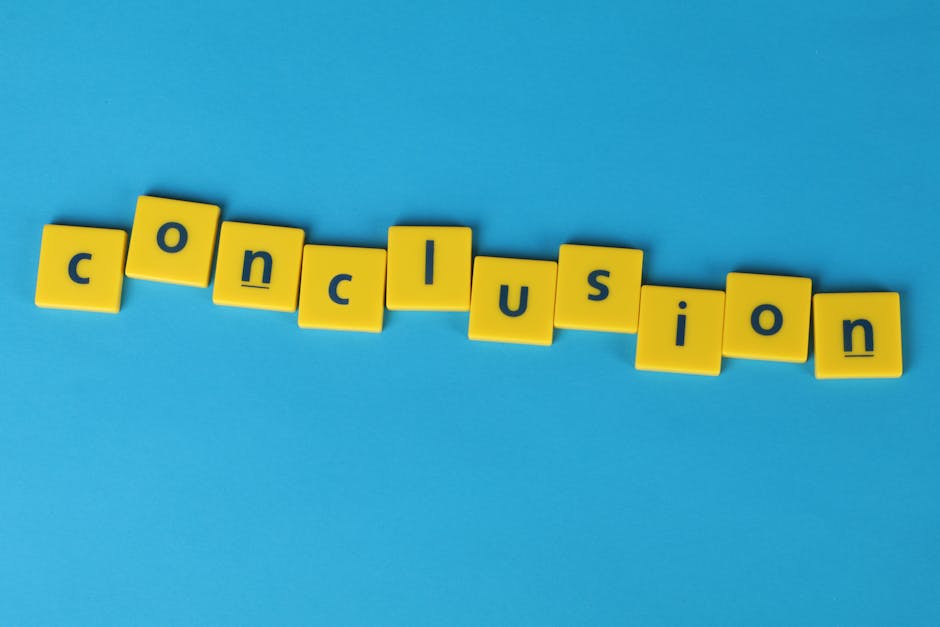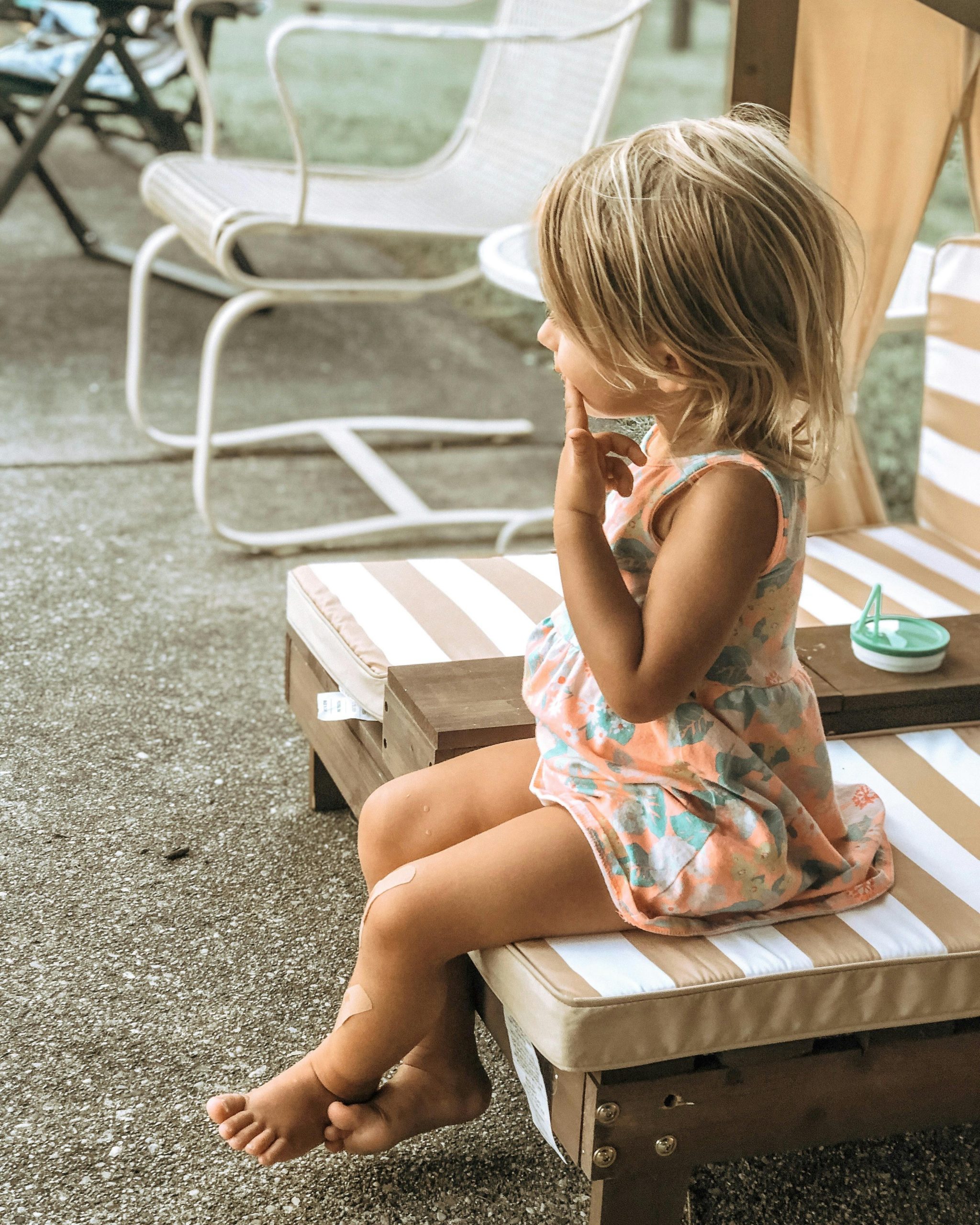In the aftermath of the Lahaina fires, concerns arose among Native Hawaiians about potential land grabs and changes in land ownership. While there were fears that external entities might exploit the disaster to acquire land, particularly from those struggling to rebuild, there is no specific information indicating that tribal lands experienced ownership changes directly due to the fires. However, reports suggest that as many as 30 residential properties in the burn zone may have changed hands, though some of these transactions could be linked to existing probate issues.
In response to these concerns, Governor Josh Green proposed measures to prevent the loss of land to outside interests, including a ban on land sales in Lahaina.
Additionally, community organizations have advocated for the expansion of community ownership models, such as land trusts, to preserve local ownership and prevent displacement.
While the fires have exacerbated existing challenges related to land ownership and housing, there is no clear evidence of a significant change in the ownership of tribal lands directly resulting from the Lahaina fires.
What Tribal Buildings were Destroyed in the Fires?
The 2023 Lahaina fires wrought profound devastation upon the historic town, consuming numerous structures of immense cultural and historical significance. Among the treasured sites lost were:
- Nā ʻAikāne o Maui Cultural and Research Center: This center served as a repository of Native Hawaiian artifacts and was a vital gathering place for the indigenous community. The building, which also had a history of supporting labor movements, was completely destroyed in the fires.
- Waiola Church: Established in 1823, this church was a cornerstone of Hawaiian spirituality and community. It celebrated its 200th anniversary in May 2023 but tragically lost its main sanctuary, annex, and social hall to the flames. The church’s cemetery was the resting place for members of the Hawaiian Royal Family, including Queen Keōpūolani. citeturn0search8
- Lahaina Jodo Mission: Founded in 1912, this Buddhist temple stood as a symbol of the cultural diversity and religious heritage of Lahaina. The mission, located in northern Lahaina since 1932, was also consumed by the wildfire. citeturn0search8
- Old Lahaina Courthouse and Lahaina Heritage Museum: The courthouse, dating back to 1860, functioned as a customs house for trade and whaling ships. It housed the Lahaina Heritage Museum, which showcased artifacts spanning Lahaina’s rich history, including items from the ancient Hawaiian period, the Hawaiian Kingdom, the plantation era, and the town’s whaling days. Both the courthouse and the museum’s invaluable collections were destroyed.
The loss of these cultural landmarks represents a profound blow to the heritage and history of Lahaina, erasing physical embodiments of the town’s rich past.




Thank you for shedding light on the complex issues surrounding land ownership in the wake of the Lahaina fires. It’s crucial to recognize that while the immediate effects of natural disasters can be devastating, they often exacerbate pre-existing vulnerabilities, particularly for indigenous communities. The potential for land grabs following such tragedies is a legitimate concern, and proactive measures, like Governor Green’s proposed ban on land sales, are essential in protecting local interests.
Furthermore, the discussion around community ownership models such as land trusts is particularly compelling. These models not only help safeguard against external exploitation but also empower local communities to take an active role in their future, ensuring that cultural and historical sites are preserved for generations to come.
It’s worth noting that the loss of significant cultural landmarks, as mentioned in your post, underscores the urgency for protective measures. The destruction of sites like the Nā ʻAikāne o Maui Cultural Center and the Waiola Church not only represents a physical loss but also a spiritual and cultural one for Native Hawaiians. Restoring and revitalizing these connections to the land and heritage is vital to the community’s healing process.
As discussions continue around recovery and rebuilding, I hope to see more collaborations between local government, community organizations, and indigenous leaders to secure the future of both land and culture in Lahaina. Understanding that land is not just a commodity but a critical component of identity and heritage is essential in fostering a more equitable recovery for all.